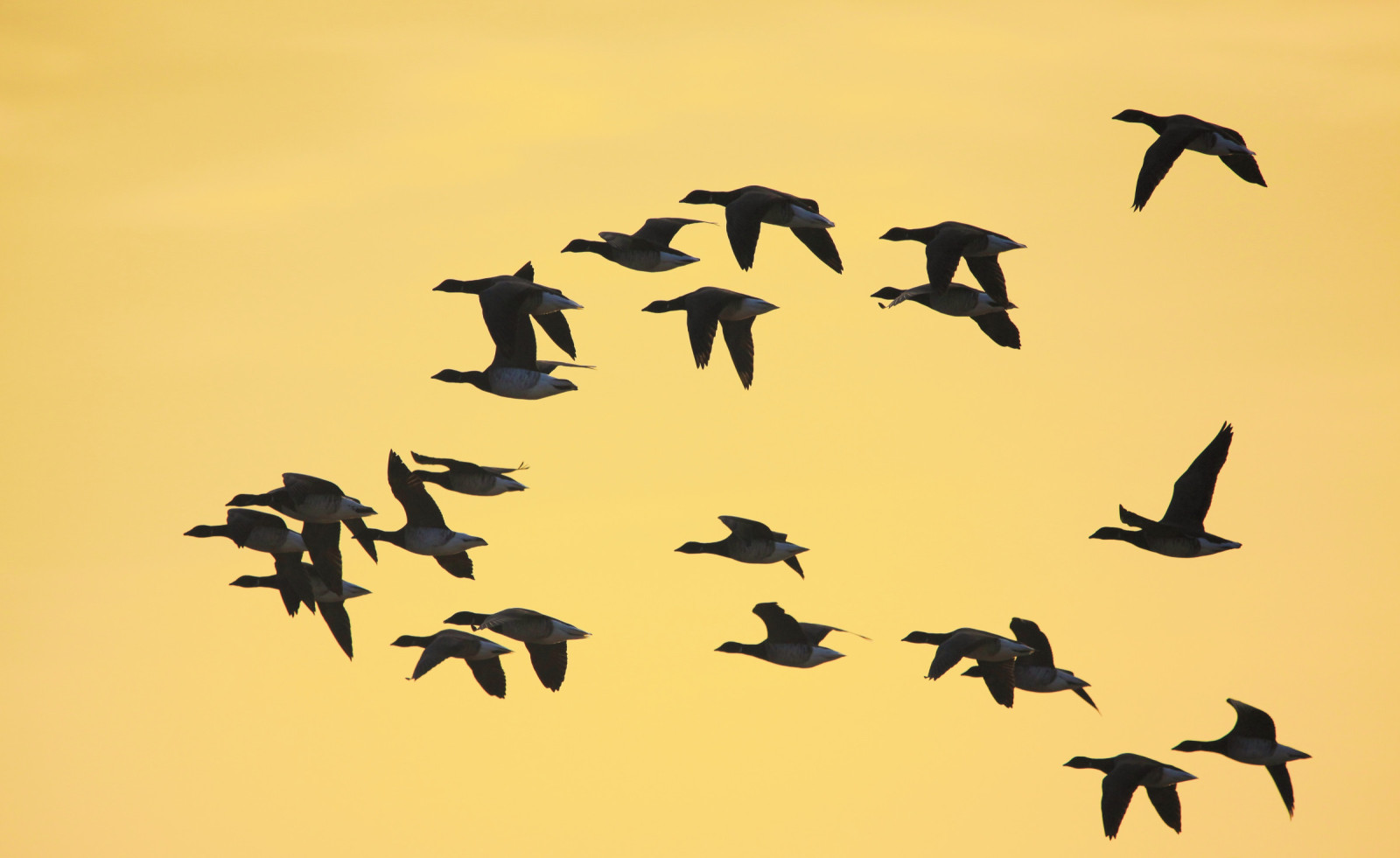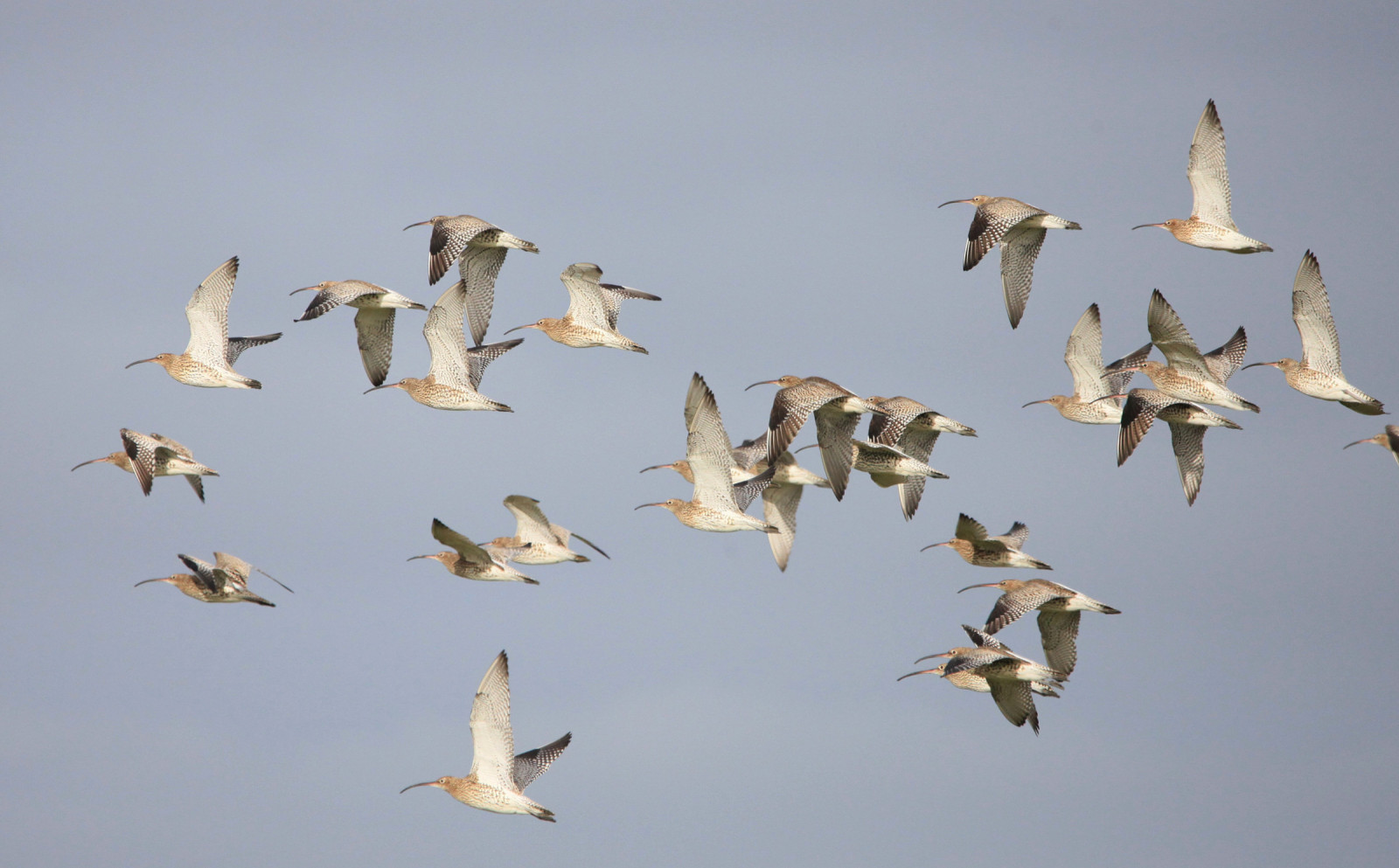Descrição
Ballyteige Burrow consists of a complex dune system, an interidal estuary and polder land. The reclaimed land extends north into the Killag area. This mix of habitats is excellent for a multitude of species throughout the year. Large numbers of waterbirds can be found here in the winter, with nationally important numbers of Maçarico-de-bico-direito, Ganso-de-faces-negras, Maçarico-real and Tarambola-dourada. The polder land is also one of the most reliable sites in Ireland to see Cisne-pequeno in winter (see extra info).
This area is also excellent for raptors, with Tartaranhão-azulado, Esmerilhão, falcão-peregrino and Coruja-do-nabal all possible in the winter with occasional Tartaranhão-ruivo-dos-pauis too.
In summer, the dunes and grasslands are alive with colourful flowers and many passerines breed here, including Petinha-dos-prados, Laverca and Cartaxo-comum. There are also few breeding pairs of Pato-branco. Recent rarities that have been encountered in the summer and migration months include Ógea, Íbis-preta, Maçarico-escolopáceo-americano and Codorniz.
Detalhes
Acesso
The Ballyteige Burrow and Killag area is located about 15 km south-west of Wexford Town. There are multiple options for parking at various points around the area. Click on a P in the map for directions to a parking spot. There is also a 4 km trail that begins at Kilmore Quay where it's possible to walk between the dunes and polder land to the estuary dam wall (known as the Cull Bank). It's a long walk and bringing food and water would be recommended. It's also possible to get a local bus (390) to Kilmore Quay from Wexford Town and walk from the bus stop.
Terreno e Habitat
Dunas , Lamaçais , Lago , Campina , Árvores e arbustos dispersos , Terras húmidas , Agricultura , Mar , PraiaCondições
Plano , Arenoso , Paisagem aberta , PantanosoCaminho circular
Simé útil um telescópio?
Pode ser útilBoa temporada de observação de aves
Durante todo o anoMelhor hora para visitar
InvernoRota
Estrada pavimentada , Estrada não pavimentada , Caminho estreitoCaminho dificil
Caminhada médiaAcessível por
Pé , Bicicleta , CarroAbrigo/plataforma deobservação de aves
NãoInformação extra
Cisne-pequeno are now a very rare visitor in Ireland in winter with only very small numbers showing up in recent times. While this area is a reliable spot for the species, there are some winters where only 1-2 birds may appear or none at all. The fields between the Inish Pebble Quarry and the windfarm are the most likely place to see this species in the area.

.jpg)


